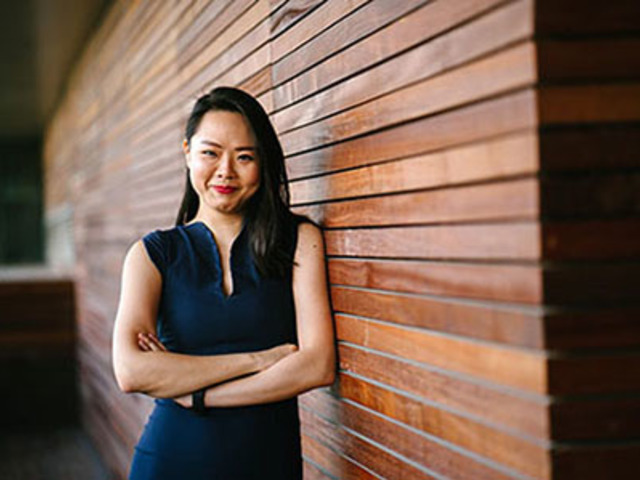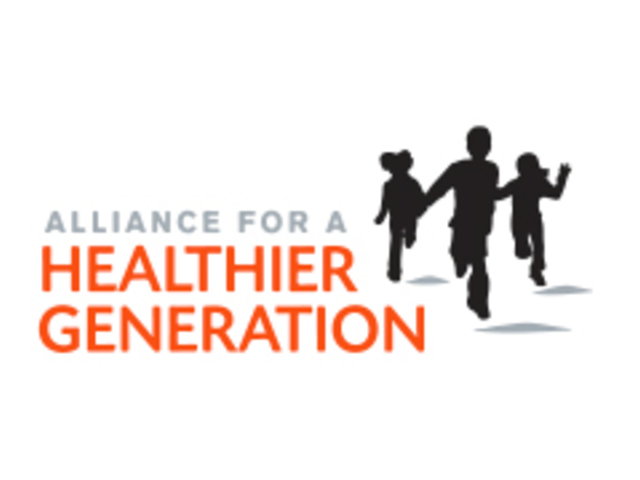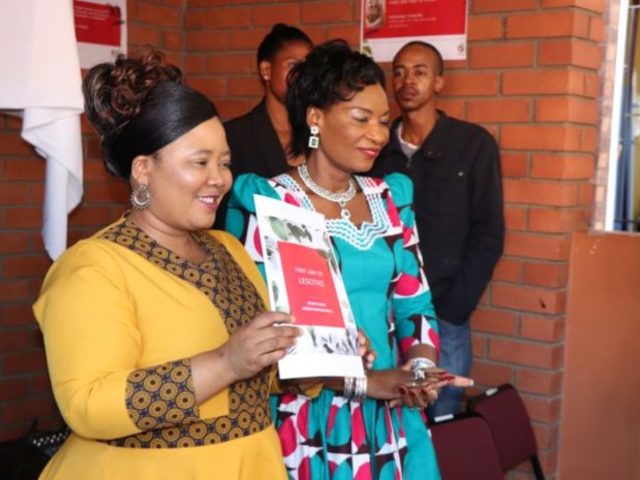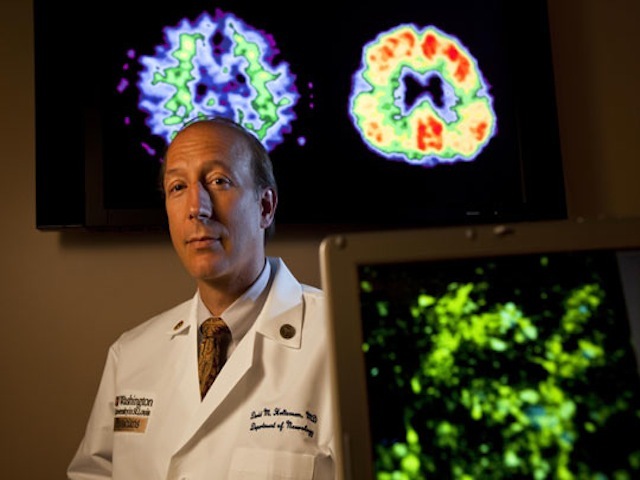Many women in the United States have been taught about breast cancer and how to watch out for symptoms through routine screening and self-examinations. Yet, like many women in communities of color, Asian-Americans face disproportionate health outcomes. Many Asian-American women lack important education about breast cancer symptoms, which can lead to later diagnoses and worse health outcomes.
According to the Asian-American Health Initiative, Asian-Americans are the only population to have cancer be the leading cause of death. Although screening for breast cancer is a highly effective way to catch it in its early stages and limit further complications, Asian-American women have the lowest rate for breast cancer screenings among any other population segment. They are usually diagnosed at later stages compared to other racial and ethnic groups.
A study conducted by the Cancer Prevention Institute of California found how breast cancer rates have been fixedly increasing for Asian-American women over the past 15 years, even though breast cancer rates have stabilized in other racial groups. The study looked at seven Asian-American ethnic groups —Chinese, Japanese, Korean, Filipino, Vietnamese, South Asians (Indians and Pakistanis), and Southeast Asians (Cambodians, Laotians, Hmong and Thai). The findings indicated that breast cancer rates rose for all Asian-American groups, with South Asian and Southeast Asian women having the highest increases in rates. These racial groups were also the ones that immigrated most recently to the U.S. These high rates reflect those of Japanese women in the 1970s and 1980s, when many Japanese were immigrating to the U.S. According to the Asian-American Health Initiative, Asian women’s risk of developing breast cancer increases up to six-fold when they migrate to the U.S. Those women living in the U.S. for under even a decade had an 80 percent higher risk for developing breast cancer than other new immigrants.
There are a number of reasons why Asian-American women are facing rising rates of breast cancer. One reason is a lack of awareness surrounding breast cancer and how to check for symptoms, which is a strong prevention method in detecting breast cancer early. Asian-American women who do get screened are less likely to get a follow-up treatment after abnormal mammogram results, compared to their white counterparts. Stigma surrounding breast cancer in the Asian-American community is still prevalent today. Cultural differences, such as superstition, can cause shame about opening up about having breast cancer.
Immigration and a changing lifestyle may also be contributing to higher rates. The study showed that those ethnic groups with the highest rates of breast cancer were the ones that had most recently immigrated to the U.S. These breast cancer rates may be related to changes in lifestyle when one moves to the U.S. This can include an increase in drinking alcohol, a shift to an American diet, exercising less, an increase in obesity, and having children later in life and/or less children in general. Researchers have also noted that Asian-American women could also be more prone to the HER2-Neu protein, an aggressive cancer subtype, which could explain the increasing rates.
As an Asian-American, I see the cultural differences in how health is discussed. Asian culture differs in many ways, and cultural barriers are an important factor to consider in public health education. A large part of the problem is that many Asian-American women don’t know what access is available to them. Breast cancer can affect any woman, and breaking down misconceptions and misunderstandings will help teach Asian-American women what symptoms to look out for. For more information on breast cancer, visit our breast cancer page.






